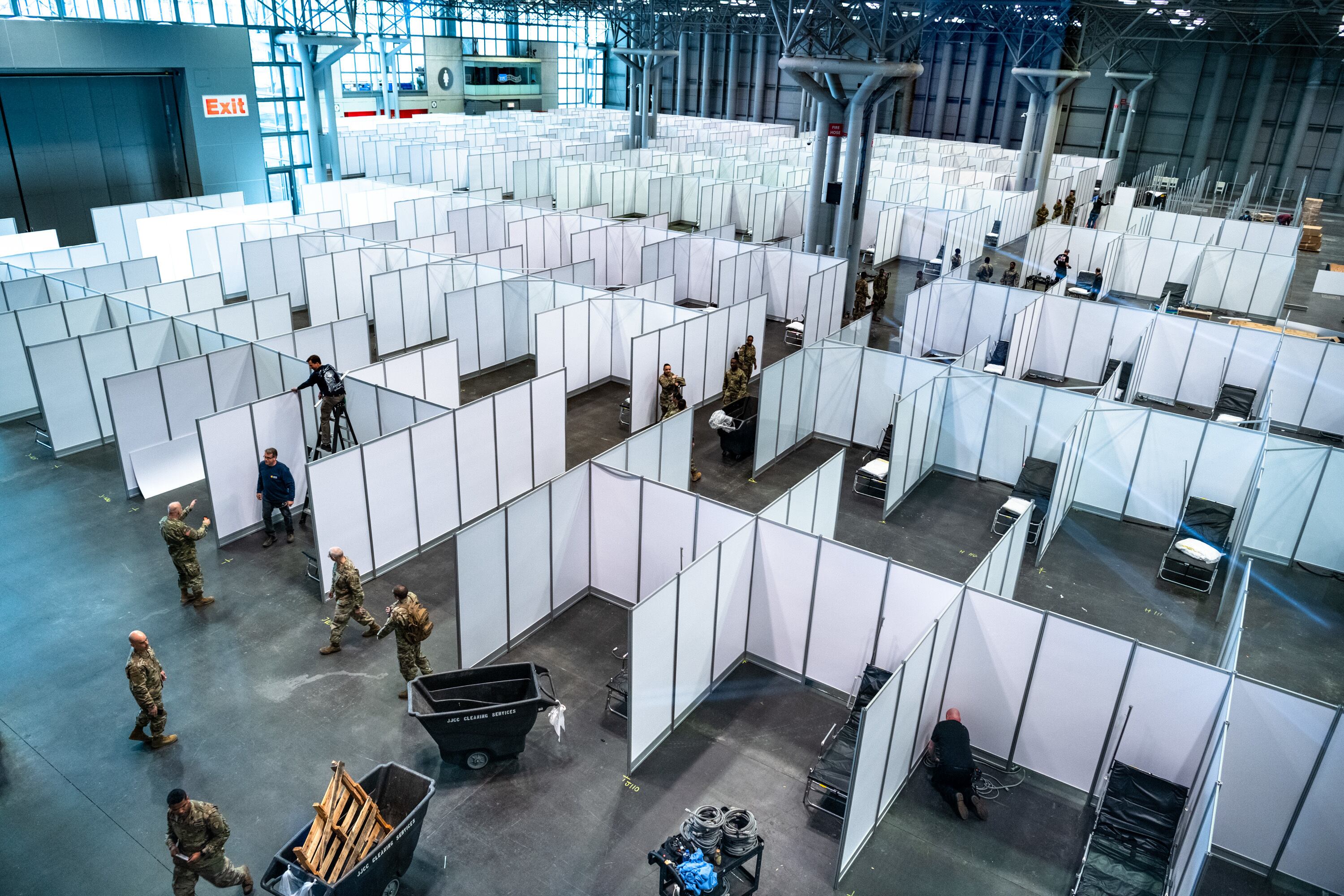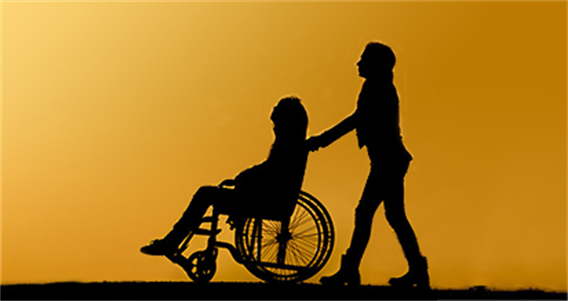With projections estimating that coronavirus cases in many cities will hit their apex this month, local and state governments are scrambling to build out facilities to take hospital overflow, with design and contracting help from the Army Corps of Engineers.
But with 17 projects on the books, the most recent of which won’t be ready to go until the last week of April, officials are cautioning some governments to think about whether it’s worth undertaking such construction if it won’t be ready until after their cases start to peter out.
“We’re beginning to run out of time,” Lt. Gen. Todd Semonite, the head of ACE, told reporters Wednesday. “I think that we will probably done starting new builds ― probably in a week.”
To date, the Javits center in New York City is finishing up construction and McCormick Place in Chicago is within a few days of wrapping up, but for hundreds of other proposed sites, it may take too long to get contracts drawn up and construction underway to make a difference for local hospitals.
Still, Semonite said, the prospect of wasting money pales in comparison to the risk of letting one person die because they didn’t go for it.
“The last thing we want is to have somebody die because we didn’t have the bed space available,” he said.
ACE has finished 834 of 914 site assessments around the country, evaluating convention centers, sports arenas, college dormitories and hotels for possible conversion to medical facilities. So far, 17 of those are nearly completed or underway, accounting for about 15,000 extra beds.
Of those, only two are slated to take in non-COVID patients.
At the beginning of the response effort, the assumption was that non-COVID patients would be moved from hospitals into new facilities, and that new patients who go to the back-up facilities, freeing up hospitals to take in highly contagious and sometimes deadly coronavirus cases.
“We really thought that most of it might’ve been non-COVID, with just the overflow coming out of the hospitals, but we always designed with a COVID and a non-COVID option,” Semonite said.
But the thinking has shifted to building the overflow facilities specifically for coronavirus cases.
RELATED

Such was the case with the Javits center, which last week began converting to take in COVID-19 patients, after it became clear that New York hospitals would have a difficult time getting existing patients to give up their beds and move to the convention center.
A similar situation came to pass with the USNS Comfort in New York City, which saw but a trickle of patients in its first days operating until local officials determined that non-COVID emergency patients should go straight to the ship, rather than going to brick-and-mortar emergency rooms and then transferred.
The other concern, which also came to pass on Comfort, is that if someone comes into a non-hospital facility after a car accident, and it turns out they also have COVID-19, it’s very difficult to prevent it from spreading.
“I think there’s probably some concern in some states that if you build non-COVID and all of the sudden you have one threat that comes up in there, then all of the sudden you have challenged the entire facility,” Semonite said.
Though it’s more complicated to build COVID-19 isolation facilities, health officials have to contend with the fact that the virus can pop up anywhere, so it’s best to have a facility dedicated to it. Meanwhile, hospitals taking in presumably non-COVID patients are also equipped to handle a patient who turns out to be sick.
Subsequent cities have followed suit with creating COVID-only facilities. like the Colorado Convention Center in Denver, Gateway Shopping Convention Center and Music Center Center in Memphis and Nashville, Tennessee, and the Miami Beach Convention Center.
Currently, ACE is in the final contracting states with 23 more sites, with 22 more prospects and another 17 already underway, using their plans but executed by state and local government contracting.
Meghann Myers is the Pentagon bureau chief at Military Times. She covers operations, policy, personnel, leadership and other issues affecting service members.





